Search the Special Collections and Archives Portal
Search Results
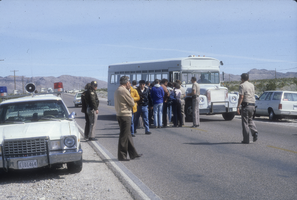
People and police on the side of the road next to the desert: photographic slide
Date
Archival Collection
Description
From the Sister Klaryta Antoszewska Photograph Collection (PH-00352).
Image
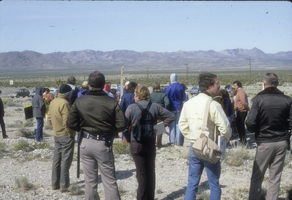
People in desert during the Lenten Desert Experience: photographic slide
Date
Archival Collection
Description
From the Sister Klaryta Antoszewska Photograph Collection (PH-00352).
Image
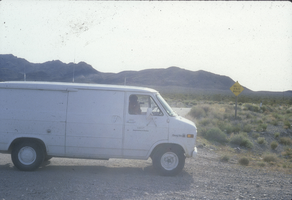
Department of Energy van in the desert during Lenten Desert Experience: photographic slide
Date
Archival Collection
Description
From the Sister Klaryta Antoszewska Photograph Collection (PH-00352). The side of the van says "Department of Energy".
Image
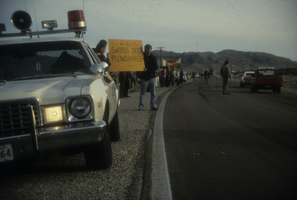
People protesting on the side of the road: photographic slide
Date
Archival Collection
Description
From the Sister Klaryta Antoszewska Photograph Collection (PH-00352). One of the posters that the protesters are holding say, "They Will Beat Their SWORDS INTO PLOWSHARES ISAIAH 2:4".
Image
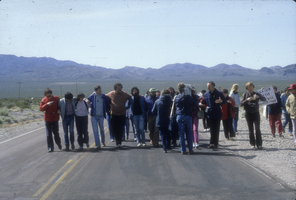
Protesters walking down the road with arms around each other: photographic slide
Date
Archival Collection
Description
From the Sister Klaryta Antoszewska Photograph Collection (PH-00352).
Image
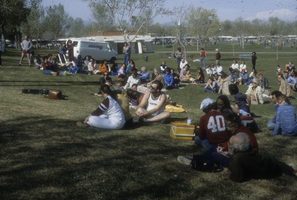
People at Lorenzi Park: photographic slide
Date
Archival Collection
Description
From the Sister Klaryta Antoszewska Photograph Collection (PH-00352).
Image
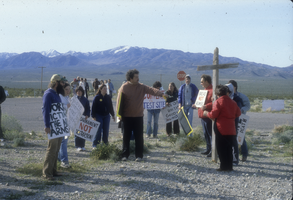
People holding signs during protest at the desert: photographic slide
Date
Archival Collection
Description
From the Sister Klaryta Antoszewska Photograph Collection (PH-00352). One of the signs say, "BREAD NOT BOMBS". Another sign says "CONVERT the TEST SITE". Some of the other signs are not completely legible.
Image
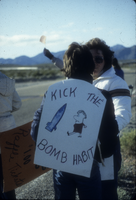
Protesters on the side of the road: photographic slide
Date
Archival Collection
Description
From the Sister Klaryta Antoszewska Photograph Collection (PH-00352). One of the protesters has a sign on their back that reads, "KICK THE BOMB HABIT". The sign also contains a cartoon drawing.
Image
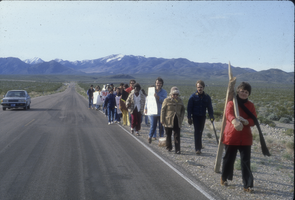
Protesters walking along the side of the road: photographic slide
Date
Archival Collection
Description
From the Sister Klaryta Antoszewska Photograph Collection (PH-00352). Protesters carry posters and one of them carry a cross.
Image
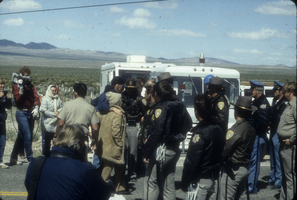
Protesters standing on the road near desert: photographic slide
Date
Archival Collection
Description
From the Sister Klaryta Antoszewska Photograph Collection (PH-00352).
Image
